-
 Bitcoin
Bitcoin $83,503.9101
-0.87% -
 Ethereum
Ethereum $1,833.5962
-1.23% -
 Tether USDt
Tether USDt $0.9999
-0.01% -
 XRP
XRP $2.0696
-0.69% -
 BNB
BNB $608.6354
1.87% -
 Solana
Solana $119.8327
-3.38% -
 USDC
USDC $1.0000
0.00% -
 Dogecoin
Dogecoin $0.1667
-1.42% -
 Cardano
Cardano $0.6533
-2.10% -
 TRON
TRON $0.2370
-0.07% -
 Toncoin
Toncoin $3.7949
-5.16% -
 UNUS SED LEO
UNUS SED LEO $9.4071
0.16% -
 Chainlink
Chainlink $13.1787
-2.55% -
 Stellar
Stellar $0.2635
-0.98% -
 Avalanche
Avalanche $18.8166
-0.69% -
 Sui
Sui $2.3934
2.75% -
 Shiba Inu
Shiba Inu $0.0...01237
1.53% -
 Hedera
Hedera $0.1648
0.25% -
 Litecoin
Litecoin $83.7556
2.38% -
 Polkadot
Polkadot $4.0432
-0.51% -
 MANTRA
MANTRA $6.3564
3.55% -
 Bitcoin Cash
Bitcoin Cash $304.2808
0.31% -
 Bitget Token
Bitget Token $4.5551
-0.48% -
 Dai
Dai $1.0000
0.00% -
 Ethena USDe
Ethena USDe $0.9998
0.00% -
 Pi
Pi $0.6455
-6.50% -
 Hyperliquid
Hyperliquid $12.4911
-4.88% -
 Monero
Monero $217.0104
-0.33% -
 Uniswap
Uniswap $6.0277
-0.47% -
 Aptos
Aptos $5.2867
1.16%
How to avoid slippage losses when buying XRP on Binance?
Slippage in XRP trading on Binance can be minimized by using limit orders, breaking large orders into smaller ones, and monitoring market conditions and the order book.
Mar 31, 2025 at 09:57 pm

Understanding Slippage in XRP Trading
Slippage refers to the difference between the expected price of a trade and the actual execution price. This is particularly relevant in volatile markets like cryptocurrencies. When buying XRP on Binance, slippage can occur due to a large order size impacting the order book, or due to rapid price changes between the time you place your order and its execution. Minimizing slippage protects you from paying more than anticipated for your XRP.
Factors Contributing to XRP Slippage on Binance
Several factors contribute to slippage when trading XRP on Binance. High trading volume can lead to rapid price fluctuations, increasing the likelihood of slippage. The size of your order is crucial; large buy orders can significantly move the market price upwards, resulting in higher execution costs. Market conditions also play a vital role. During periods of high volatility or low liquidity, slippage is more likely. Finally, the type of order you place impacts slippage. Market orders execute immediately at the best available price, but are more susceptible to slippage than limit orders.
Strategies to Minimize Slippage When Buying XRP on Binance
To mitigate slippage, consider these strategies. Firstly, use limit orders instead of market orders. Limit orders allow you to specify the maximum price you're willing to pay. This ensures you won't overpay, even if the price fluctuates. Secondly, break down large orders into smaller ones. This reduces the market impact of your trading activity, minimizing the price movement caused by your purchase. Thirdly, monitor the order book before placing your trade. Observing the available buy and sell orders gives you a better understanding of the current market depth and helps you anticipate potential slippage.
Utilizing Binance's Advanced Order Types for XRP
Binance offers various order types beyond simple market and limit orders. These can further minimize slippage. Stop-limit orders combine the benefits of both limit and stop orders, allowing you to buy XRP only when the price reaches a specific level, thus mitigating potential losses from price fluctuations. OCO (One Cancels the Other) orders allow you to place two orders simultaneously, one a limit order and the other a stop-loss order. If one order is filled, the other is automatically cancelled. This strategy helps manage risk and minimize losses.
Importance of Order Book Analysis for XRP Trading
Analyzing the order book is crucial for minimizing slippage. The order book shows the available buy and sell orders at various price levels. A deep order book indicates high liquidity, meaning larger orders are less likely to significantly impact the price. A shallow order book suggests low liquidity, increasing the risk of slippage. Before placing your order, carefully examine the order book to assess market depth and liquidity. This provides valuable insights into potential price movements and helps you make informed decisions.
Managing Order Size and Timing for Optimal XRP Purchases
The size of your order directly correlates with the potential for slippage. Large orders tend to move the market more significantly than smaller ones. Breaking down large orders into smaller, more manageable chunks reduces the overall market impact and minimizes the chance of adverse price movements. Timing your trades is also important. Avoid placing large orders during periods of high volatility or low liquidity, as these conditions increase the risk of slippage. Consider trading during periods of higher liquidity for better price execution.
The Role of Trading Fees in Overall XRP Cost
While slippage is a significant factor, trading fees also contribute to the overall cost of your XRP purchase. Binance charges trading fees based on your trading volume and BNB holdings. Understanding and factoring in these fees is crucial for accurate cost calculations. Opting for lower fee structures, such as by holding BNB, can help minimize the total cost of your purchase. This should be considered alongside slippage reduction strategies for overall cost optimization.
Staying Informed About Market Conditions and XRP News
Staying informed about market conditions and XRP-related news is essential for minimizing slippage. Significant news events or announcements can cause sudden price swings, increasing the likelihood of slippage. Monitoring reputable news sources and keeping track of market sentiment can help you anticipate potential price movements and adjust your trading strategy accordingly. This proactive approach helps you make better-informed decisions and minimize potential losses from unexpected volatility.
Utilizing Technical Analysis to Predict Price Movements
Technical analysis can help predict potential price movements and inform your trading decisions, reducing the risk of slippage. By studying charts and identifying trends, you can gain a better understanding of market momentum and anticipate potential price fluctuations. Utilizing technical indicators such as moving averages, RSI, and MACD can provide valuable insights into potential support and resistance levels, helping you time your trades more effectively and reduce slippage.
The Importance of Risk Management in XRP Trading
Effective risk management is paramount in minimizing potential losses, including those from slippage. Never invest more than you can afford to lose. Setting stop-loss orders can help limit potential losses if the market moves against you. Diversifying your portfolio across different cryptocurrencies can also help mitigate the impact of potential losses from slippage on a single asset like XRP. A well-defined risk management strategy is crucial for long-term success in cryptocurrency trading.
Common Questions and Answers
Q: What is the best order type to avoid slippage when buying XRP on Binance?
A: Limit orders are generally preferred over market orders to avoid slippage, as they allow you to set a maximum price you are willing to pay.
Q: How can I reduce the impact of large XRP orders on the market price?
A: Break down large orders into smaller, more manageable chunks to reduce their market impact and minimize slippage.
Q: What role does liquidity play in slippage?
A: High liquidity reduces the risk of slippage, while low liquidity increases it. Check the order book depth before placing orders.
Q: Are there any tools on Binance that can help minimize slippage?
A: Binance offers advanced order types like stop-limit and OCO orders, which can help manage risk and minimize slippage. Careful order book analysis is also crucial.
Q: How does news impact slippage when buying XRP?
A: Significant news events can cause sudden price swings, increasing the likelihood of slippage. Stay informed about market news and sentiment.
Disclaimer:info@kdj.com
The information provided is not trading advice. kdj.com does not assume any responsibility for any investments made based on the information provided in this article. Cryptocurrencies are highly volatile and it is highly recommended that you invest with caution after thorough research!
If you believe that the content used on this website infringes your copyright, please contact us immediately (info@kdj.com) and we will delete it promptly.
- Crypto Just Got a Wake-up Call.
- 2025-04-03 13:25:12
- BlockDAG (BDAG) Dominates the 2025 Cryptocurrency Market As Its Presale Surges Past $200M
- 2025-04-03 13:25:12
- Rexas Finance (RXS) Could Be the Next Cardano (ADA)
- 2025-04-03 13:20:12
- Bitcoin (BTC) Price Plunges as President Trump's New Tariffs Rock Crypto Assets
- 2025-04-03 13:20:12
- Mutuum Finance (MUTM) Is One of the Top Solid DeFi Ventures, Alongside Pepe (PEPE) and Ethereum (ETH)
- 2025-04-03 13:15:13
- Mutuum Finance (MUTM) Surpasses $6 Million in Funding, With More Than 7,700 Holders Taking Their Positions Early
- 2025-04-03 13:15:13
Related knowledge
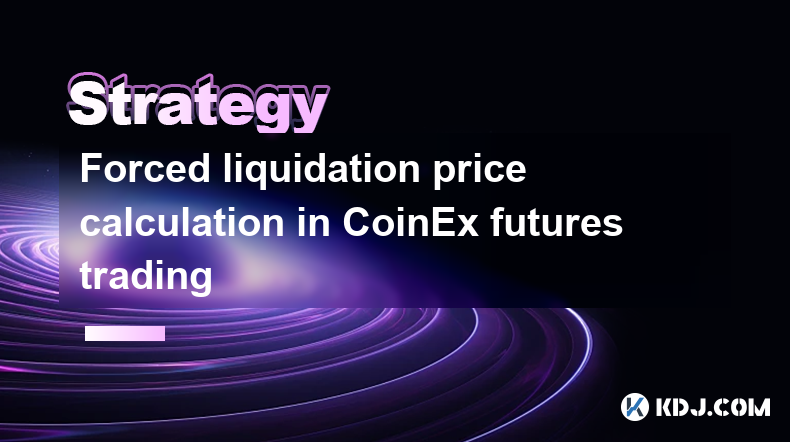
Forced liquidation price calculation in CoinEx futures trading
Apr 03,2025 at 05:35am
In CoinEx futures trading, understanding the forced liquidation price is crucial for managing risk and maintaining your positions. The forced liquidation price is the point at which your position is automatically closed to prevent further losses. This mechanism is designed to protect both the trader and the platform from negative account balances. The c...
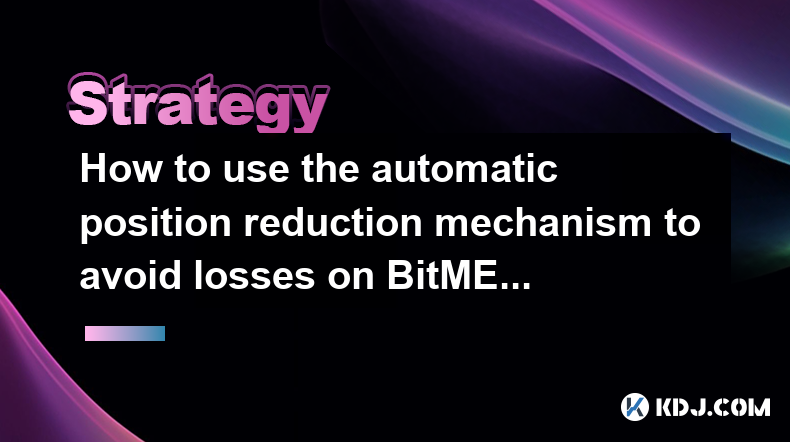
How to use the automatic position reduction mechanism to avoid losses on BitMEX
Apr 03,2025 at 02:56am
Using the automatic position reduction mechanism on BitMEX can be a strategic approach to managing risk and avoiding potential losses in the volatile cryptocurrency market. This feature, also known as Auto Deleveraging (ADL), is designed to help traders by automatically reducing their positions in certain conditions. To effectively use this mechanism, i...
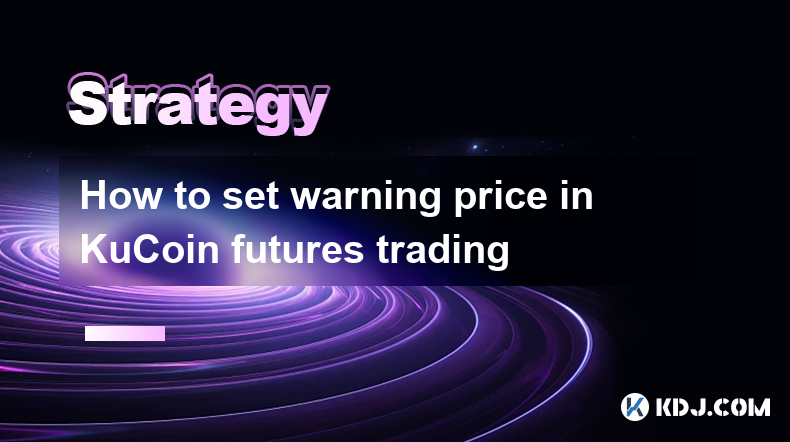
How to set warning price in KuCoin futures trading
Apr 03,2025 at 08:14am
Setting a warning price in KuCoin futures trading is an essential feature for managing risk and staying informed about market movements. This tool allows traders to receive notifications when the price of a futures contract reaches a specific level, helping them make timely decisions. To set a warning price, you need to navigate to the futures trading i...
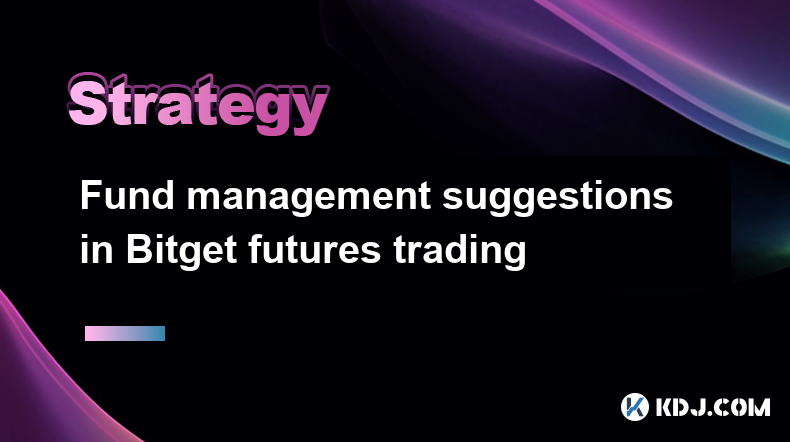
Fund management suggestions in Bitget futures trading
Apr 03,2025 at 09:28am
Trading futures on Bitget can be an exciting yet challenging endeavor. Effective fund management is crucial to maximize profits and minimize risks. This article will provide comprehensive suggestions on managing your funds while trading futures on Bitget. We will cover setting up a trading account, understanding leverage, implementing risk management st...
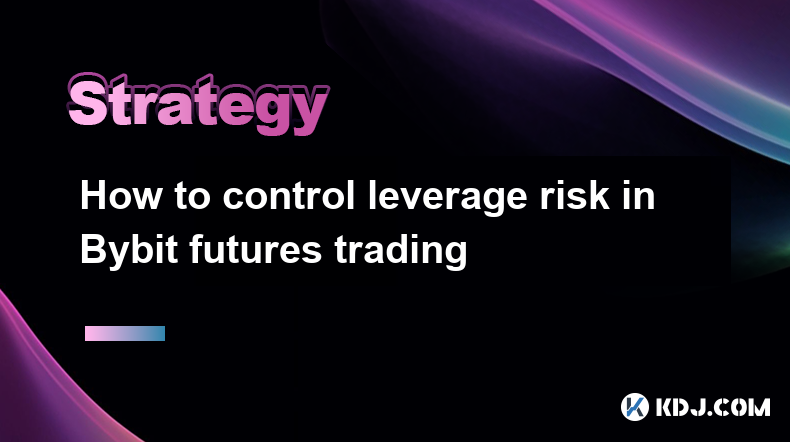
How to control leverage risk in Bybit futures trading
Apr 03,2025 at 04:36am
Trading futures on Bybit can be an exciting way to engage with the cryptocurrency market, but it comes with significant risks, particularly when using leverage. Leverage allows traders to amplify their exposure to the market, but it can also magnify losses. Understanding and controlling leverage risk is crucial for any trader looking to navigate the vol...
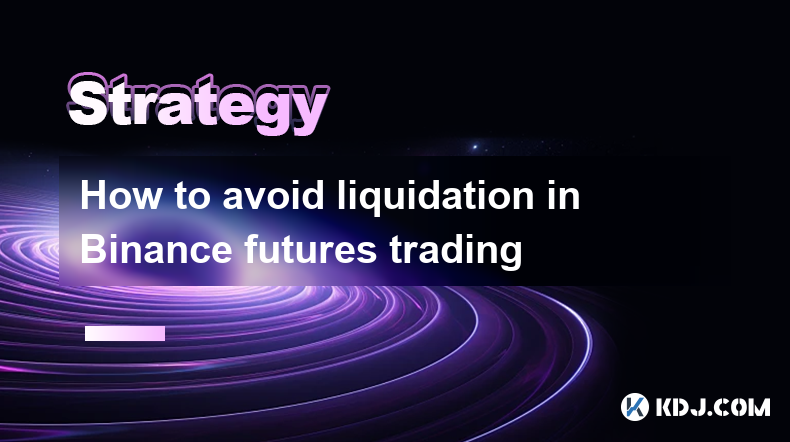
How to avoid liquidation in Binance futures trading
Apr 02,2025 at 10:28pm
Trading in Binance futures can be an exciting yet risky endeavor. One of the most significant risks traders face is liquidation, which occurs when the market moves against your position, and your account's margin balance falls below the maintenance margin requirement. To avoid liquidation, it's crucial to understand the mechanics of futures trading and ...

Forced liquidation price calculation in CoinEx futures trading
Apr 03,2025 at 05:35am
In CoinEx futures trading, understanding the forced liquidation price is crucial for managing risk and maintaining your positions. The forced liquidation price is the point at which your position is automatically closed to prevent further losses. This mechanism is designed to protect both the trader and the platform from negative account balances. The c...

How to use the automatic position reduction mechanism to avoid losses on BitMEX
Apr 03,2025 at 02:56am
Using the automatic position reduction mechanism on BitMEX can be a strategic approach to managing risk and avoiding potential losses in the volatile cryptocurrency market. This feature, also known as Auto Deleveraging (ADL), is designed to help traders by automatically reducing their positions in certain conditions. To effectively use this mechanism, i...

How to set warning price in KuCoin futures trading
Apr 03,2025 at 08:14am
Setting a warning price in KuCoin futures trading is an essential feature for managing risk and staying informed about market movements. This tool allows traders to receive notifications when the price of a futures contract reaches a specific level, helping them make timely decisions. To set a warning price, you need to navigate to the futures trading i...

Fund management suggestions in Bitget futures trading
Apr 03,2025 at 09:28am
Trading futures on Bitget can be an exciting yet challenging endeavor. Effective fund management is crucial to maximize profits and minimize risks. This article will provide comprehensive suggestions on managing your funds while trading futures on Bitget. We will cover setting up a trading account, understanding leverage, implementing risk management st...

How to control leverage risk in Bybit futures trading
Apr 03,2025 at 04:36am
Trading futures on Bybit can be an exciting way to engage with the cryptocurrency market, but it comes with significant risks, particularly when using leverage. Leverage allows traders to amplify their exposure to the market, but it can also magnify losses. Understanding and controlling leverage risk is crucial for any trader looking to navigate the vol...

How to avoid liquidation in Binance futures trading
Apr 02,2025 at 10:28pm
Trading in Binance futures can be an exciting yet risky endeavor. One of the most significant risks traders face is liquidation, which occurs when the market moves against your position, and your account's margin balance falls below the maintenance margin requirement. To avoid liquidation, it's crucial to understand the mechanics of futures trading and ...
See all articles























































































